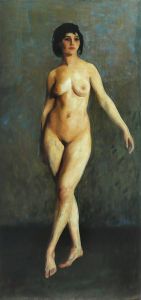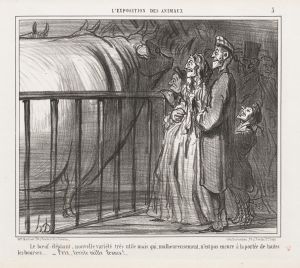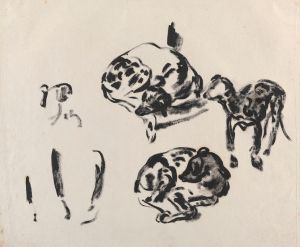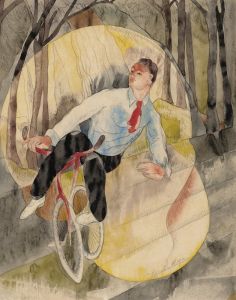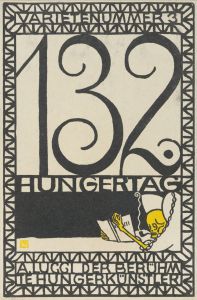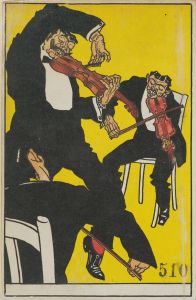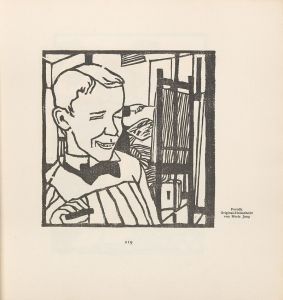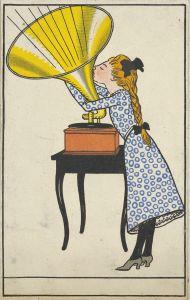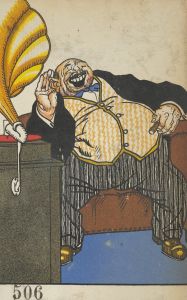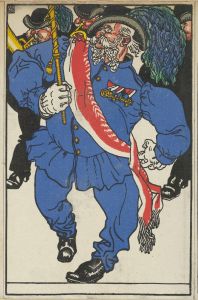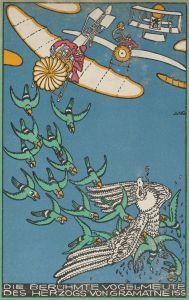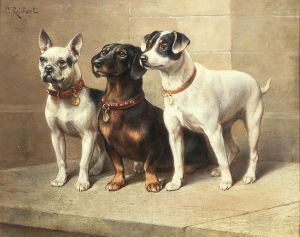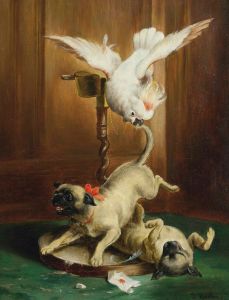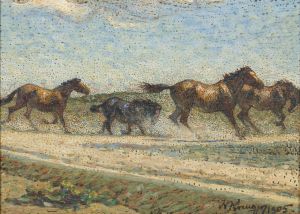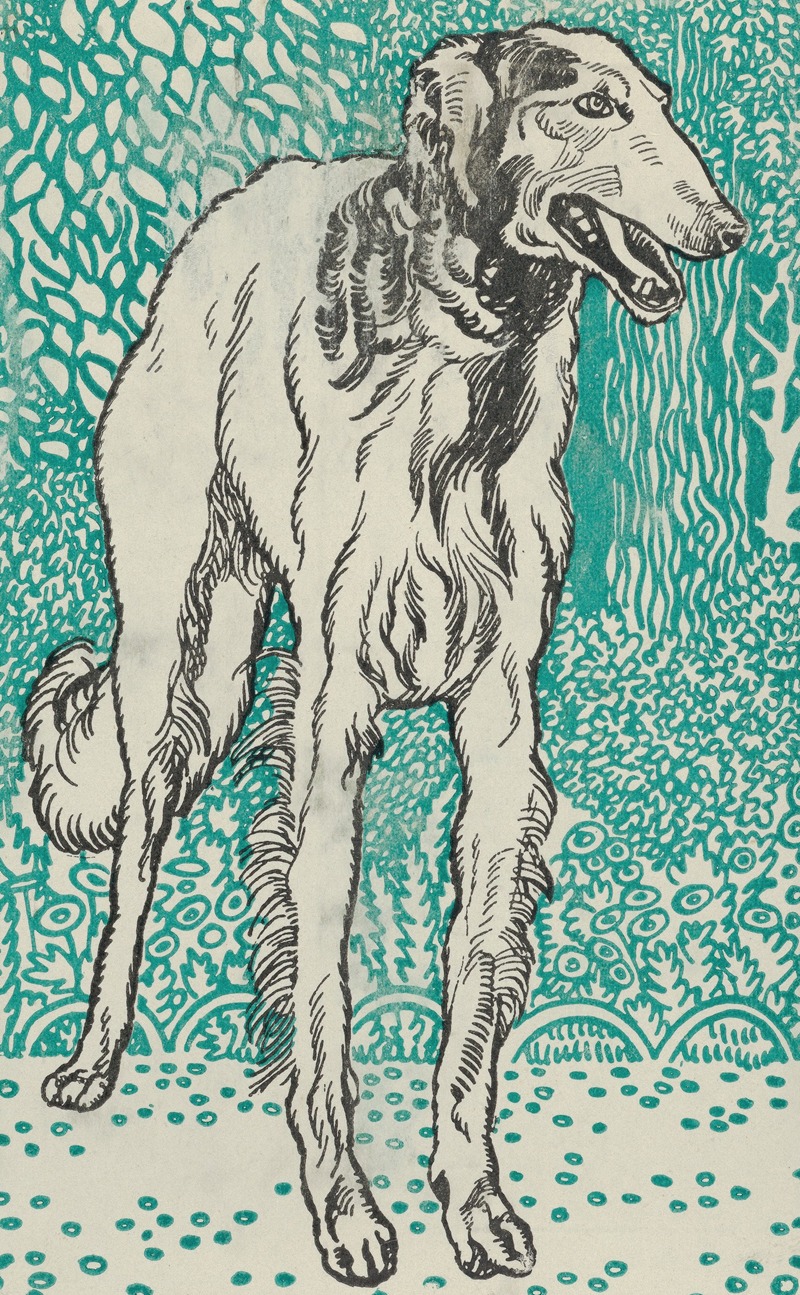
Greyhound
A hand-painted replica of Moriz Jung’s masterpiece Greyhound, meticulously crafted by professional artists to capture the true essence of the original. Each piece is created with museum-quality canvas and rare mineral pigments, carefully painted by experienced artists with delicate brushstrokes and rich, layered colors to perfectly recreate the texture of the original artwork. Unlike machine-printed reproductions, this hand-painted version brings the painting to life, infused with the artist’s emotions and skill in every stroke. Whether for personal collection or home decoration, it instantly elevates the artistic atmosphere of any space.
Moriz Jung was an Austrian artist known for his contributions to the Wiener Werkstätte, a community of visual artists in Vienna, Austria, that was established in 1903. His work primarily spanned the early 20th century, and he was recognized for his distinctive style that often combined elements of graphic design and fine art. One of his notable works is "Greyhound," which exemplifies his unique approach to art and design.
"Greyhound" by Moriz Jung is a piece that reflects the aesthetic principles of the Wiener Werkstätte, which emphasized the integration of art and design into everyday life. The Wiener Werkstätte was known for its commitment to high-quality craftsmanship and its rejection of mass production, and Jung's work often mirrored these values. His art was characterized by clean lines, geometric forms, and a harmonious balance between form and function.
In "Greyhound," Jung captures the elegance and agility of the greyhound breed through his use of stylized forms and a minimalist approach. The piece likely features the sleek, elongated body of the greyhound, emphasizing its speed and grace. Jung's use of line and form would have been deliberate, aiming to convey the essence of the animal with as few elements as possible. This approach is consistent with the principles of the Wiener Werkstätte, which sought to distill objects to their most essential and beautiful forms.
Jung's work, including "Greyhound," was part of a broader movement in early 20th-century art that sought to break down the barriers between fine art and applied arts. Artists associated with the Wiener Werkstätte, including Jung, believed that art should be accessible and integrated into all aspects of life, from architecture to everyday objects. This philosophy is evident in Jung's work, which often blurs the line between illustration and design.
The influence of the Wiener Werkstätte and artists like Moriz Jung can be seen in various aspects of modern design and art. Their emphasis on craftsmanship, quality, and the unity of art and life has left a lasting legacy that continues to inspire contemporary artists and designers. While specific details about the creation and exhibition of "Greyhound" may not be extensively documented, the piece remains an important example of Jung's contribution to the art and design movements of his time.
Moriz Jung's career was tragically cut short by his death in World War I, but his work continues to be celebrated for its innovative approach and its role in the development of modern art and design. "Greyhound," like many of his works, serves as a testament to his skill and vision as an artist who sought to elevate the everyday through art.





